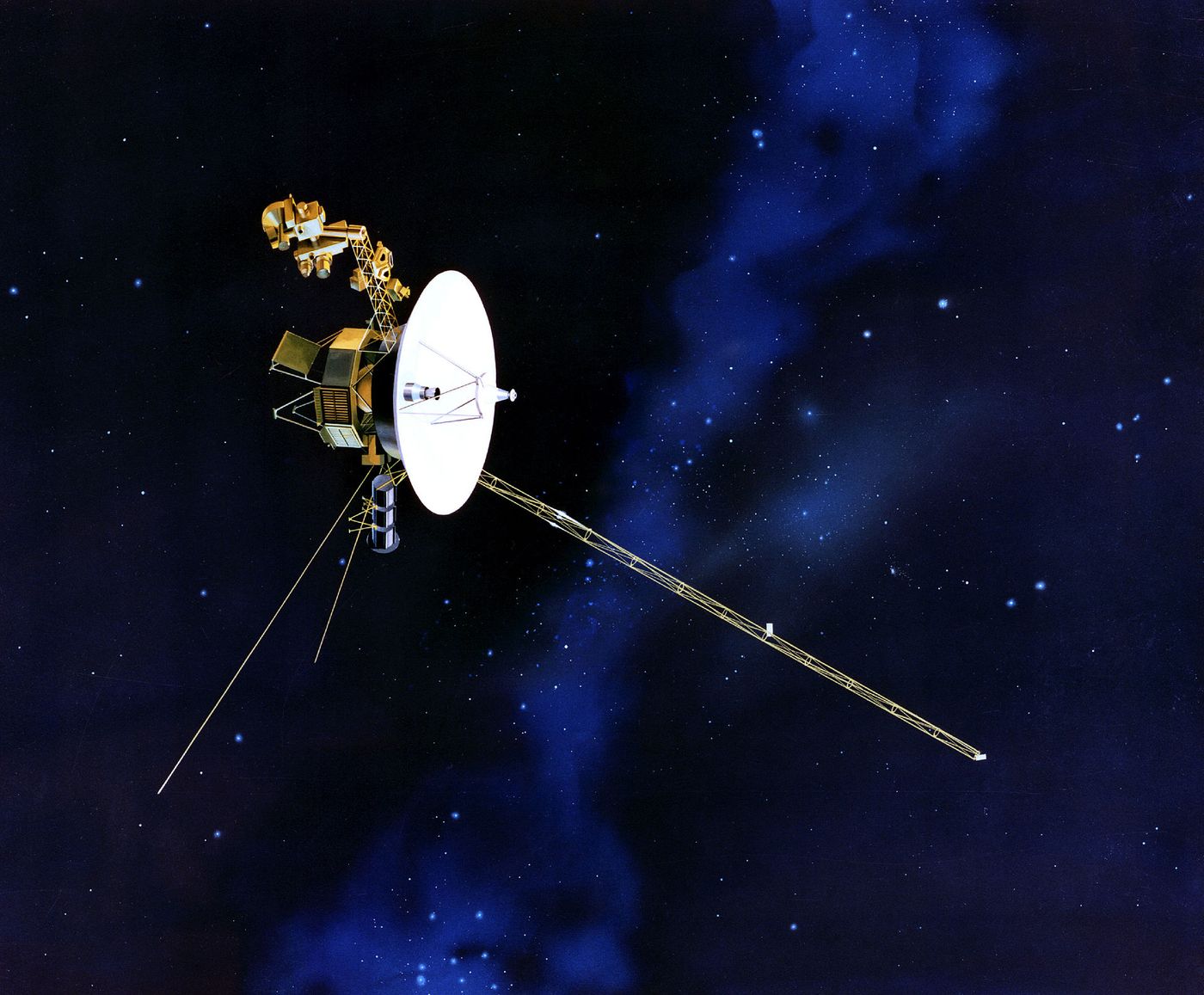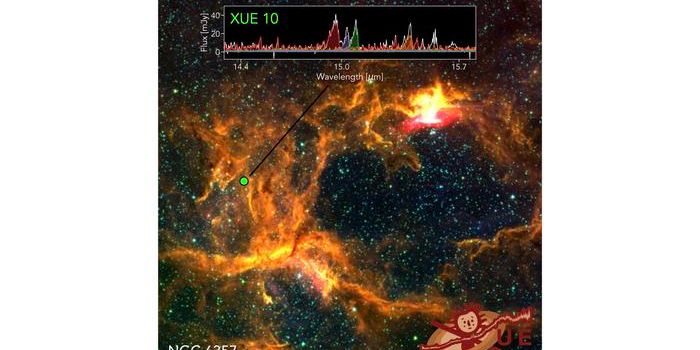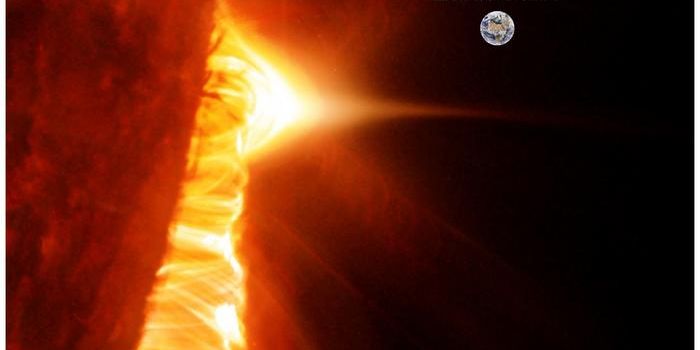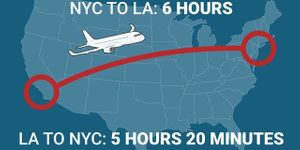NASA Wants to Know What They Should Tell Voyager 1 on its 40th Launch Anniversary
NASA is asking for your help in determining what we should say to the Voyager 1 spacecraft on its 40th launch anniversary in just three more weeks.
Image Credit: NASA
Using Facebook, Instagram, Twitter, and other forms of social media, NASA will collect message suggestions until the end of August 15h and choose the best ones. Afterward, the public will vote on what message gets beamed to Voyager 1 on September 5th.
Voyager 1 was launched into space to study the solar system back in 1977, but it surprised everyone when it lasted much longer than initially anticipated. It now resides almost 13 billion miles away from Earth in a region known as interstellar space.
Related: Here's what interstellar space sounds like, according to Voyager 1
Just to give you an idea of how far away this is, Pluto, which was visited by New Horizons in 2015, resides about 4.67 billion miles away from Earth.
At the far reaches of space where Voyager 1 exists today, solar-powered spacecraft wouldn’t get the power necessary to stay operational. Instead, a radioisotope thermoelectric generator (nuclear power) powers the Voyager 1 spacecraft and should last until around 2025, give or take a few years.
The probe continues to send signals back to Earth, hinting to scientists what it’s like at these far reaches of space. On the other hand, the equipment is limited in capacity compared to modern space equipment because it’s four decades old, so it can only do so much.
But don’t let its limitations fool you; the reason the spacecraft remains functional today is that Voyager 1 was intentionally over-engineered to withstand the harsh environment around Jupiter; and that it did while doing so much more.
Voyager 1 has taught us a lot about our solar system throughout its journey. For example, it discovered lightning on Jupiter, active volcanoes on Io, and a potential sub-surface ocean of Europa, among other things
Once Voyager 1 reached the outskirts of the solar system and transitioned into interstellar space, scientists learned how a protective bubble known as the heliosphere protects our solar system from cosmic radiation.
Voyager 1 may still teach us even more before its final instruments are turned off in 2030 or so, but even afterward, Voyager 1 will continue its journey through interstellar space in silence, breaking more records along the way.
What would you like NASA to say to Voyager 1 on its 40th launch anniversary? You might want to let them know as soon as possible!
Source: Phys.org









